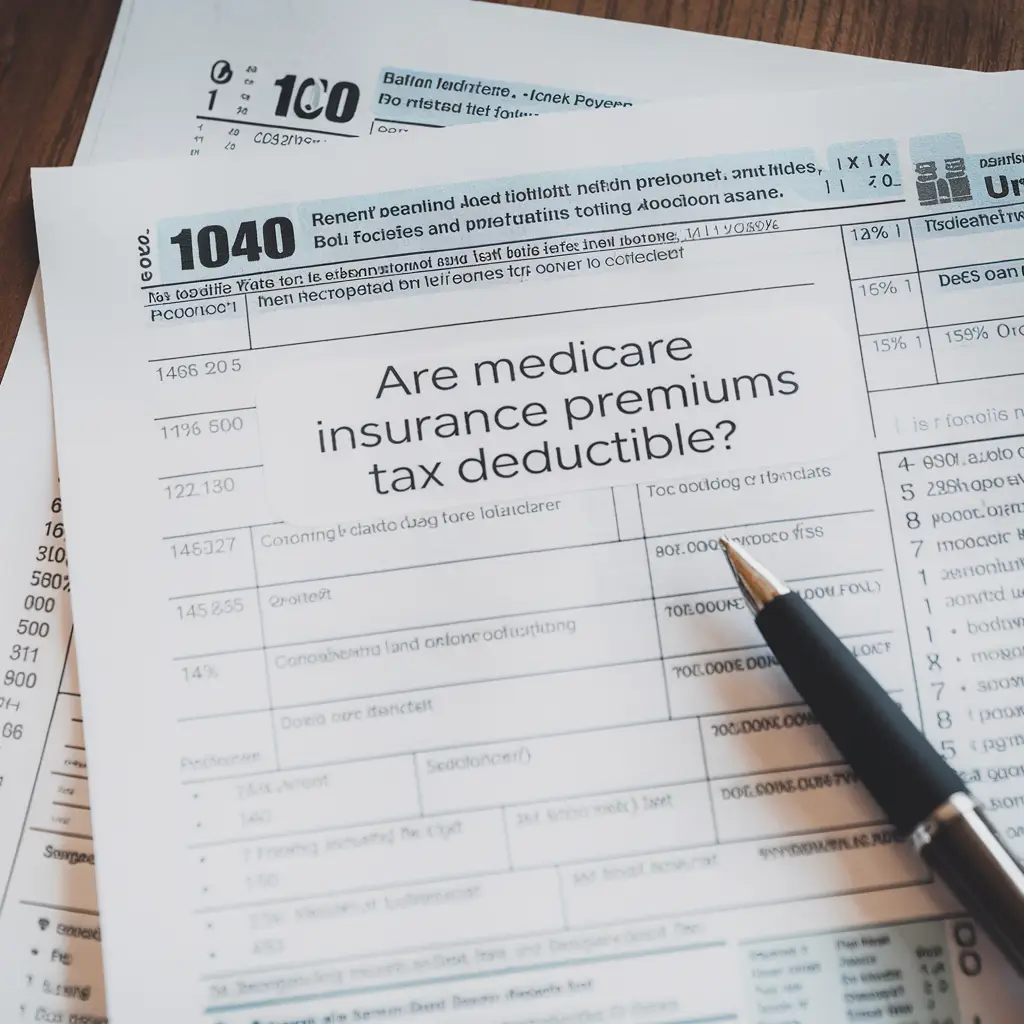
There are a number of factors that designate what Medicare Part D plans can offer beneficiaries. While defined standard benefits set the bar, the other factors of Part D coverage can influence what you pay out of pocket.
Purchasing Medicare Part D is something that’s important to consider for anyone who is enrolled in Original Medicare. These privately offered plans cover many of the important prescription drugs and medications that can be an essential facet in a treatment plan, whether they be for heart health maintenance or treatment for chronic conditions. Since the plans are offered by private companies as part of the Medicare program. The Centers for Medicare & Medicaid Services (CMS) sets some standards so that each plan maintains the expectations that are anticipated by beneficiaries. For this reason, there are two general plans with four subcategories that you may see when exploring Medicare Part D plans. These subcategories are often identified by abbreviations, which we cover below. Considering the number of details you should compare when searching for a Part D plan, understanding these designations, and what they mean for your plan, can go a long way toward simplifying the entire process.
The facts and figures not otherwise directly linked to in this article are sourced from the most recent CMS update of the Medicare Prescription Drug Benefit Manual.
What are the Standards for Plans in Medicare Part D?
The standard benefits you can expect are generally broken into two categories: defined standard benefits and actuarially equivalent standard benefits. These meet the basic coverages that CMS sets for a stand-alone prescription drug plan.
Defined Standard Benefits
A defined standard (DS) benefit plan is in many ways the type of plan that the others are judged against. With a DS plan, you can expect there to be an annual deductible and a 25 percent coinsurance once that deductible is met. In DS plans, you’ll also experience an initial coverage limit before reaching a coverage gap, also called the donut hole, until you’ve reached the True Out-of-Pocket (TrOOP) limit and enter catastrophic coverage. These terms will be familiar to regular readers of Medicareful Living, as we’ve discussed each many times.
Of course, that doesn’t mean that the DS plans will stay exactly the same. They can change each year depending on a number of factors like aggregate Part D spending in the previous year. For example, in 2021, the standard deductible rose from $435 in 2020 to $445, with the initial coverage limit raising from $4,020 in 2020 to $4,130 in 2021. The TrOOP limit also increased from $6,350 in 2020 to $6,550 in 2021. Other costs like premiums may also differ from plan to plan. It’s good to get these details out of the way because all the other types of plans are based on the DS benefits.
Actuarially Equivalent Standard Benefits
The other standard coverage Part D plan type is an actuarially equivalent (AE) standard benefit plan. To explain this type of plan, we have to quickly define actuarially equivalent. Actuarially equivalent is a financial term that means the benefits of one plan are equal to another, despite being paid in a different manner. For example, two annuities valued at $100,000 and $200,000 may be considered actuarially equivalent if the $100,000 starts paying out presently and the $200,000 starts paying out in 10 years. Other factors may be taken into consideration, like life expectancy and interest rates.
For AE standard benefit plans, this means it’s a drug plan that is equal to or even slightly more beneficial when compared to the DS plan. In practice, this manifests as a Part D drug plan that is, in many ways, similar to a DS plan. For example, both plans will generally have the same deductible. The difference occurs during the Initial Coverage Period. Many AE plans introduce a tiered system for paying for prescription drugs, instead of a flat 25 percent coinsurance seen in DS plans. You may also see preferred pharmacies within an AE plan’s network.
Are There Alternatives for Your Benefits?
Of course, the benefit distinctions don’t end with standard benefits. CMS has allowed for Part D sponsors to offer alternative coverage plans. These plans allow for negotiated drug prices and comparable (and sometimes extra) coverage. To be approved, all alternative coverage plans must use DS coverage as a point of comparison. They must also:
- Have a deductible that is equal to or less than the DS deductible
- Offer coverage beyond the TrOOP limit that is at least equal to the DS offerings
- Have at least equal premiums to those offered under DS plans
- Ensure that the average Part D plan payout is at least equal to that of a DS plan for beneficiaries whose total spending goes beyond the initial coverage limit
- Make sure the plan is at the very least actuarially equivalent to a DS plan
As long as the plan meets those guidelines, they are given a great degree of freedom in terms of how they can offer their benefits and cost-sharing measures. This can allow for a great degree of variance in terms of what is available with plan coverage. For example, plans can offer a brand-only deductible, meaning there is no cost-sharing requirement for generics even before you’ve reached your deductible.
Basic Alternative Coverage
In many ways, a basic alternative (BA) coverage plan is similar to an AE plan, in that it must remain actuarially equivalent to the DS plan. The difference lies in the availability to a reduced or even $0 deductible and can modify the initial coverage limit. Many also use tiered copayments or can offer coinsurances as part of the cost-sharing plans. Also, these plans are allowed to use a combination of benefits and features to remain actuarially equivalent to the DS plan.
Enhanced Alternative Coverage
Enhanced alternative (EA) coverage plans are where things get a little interesting. These plans meet the requirements of an alternative coverage plan but are permitted to have an actuarial value that is greater than the DS plan. This is achieved by adding supplemental benefits to the plan’s coverage. These supplemental benefits can be anything from eliminating the deductible to coverage of supplemental drugs not normally covered by Part D. You may also see a reduction in cost-sharing during the initial coverage phase or additional coverage during the donut hole.
To learn more check out What does Medically Necessary Mean?










